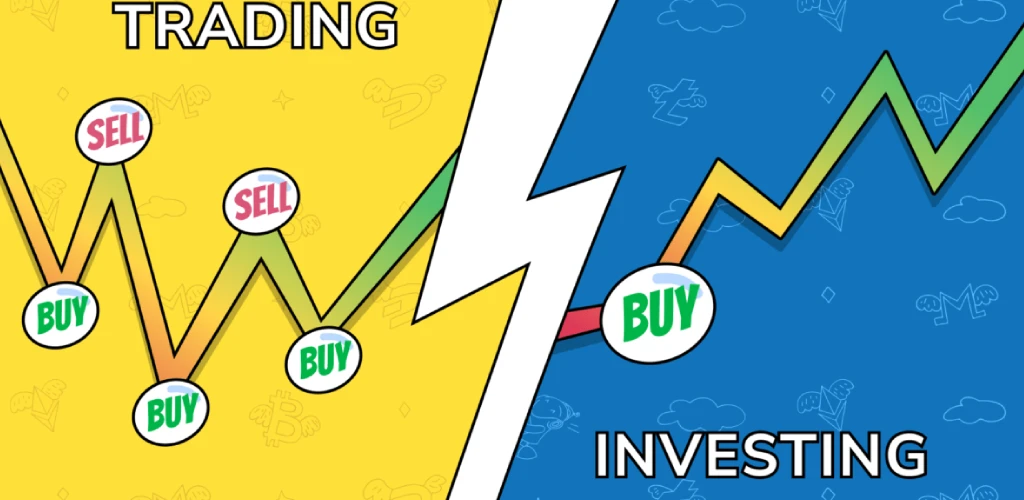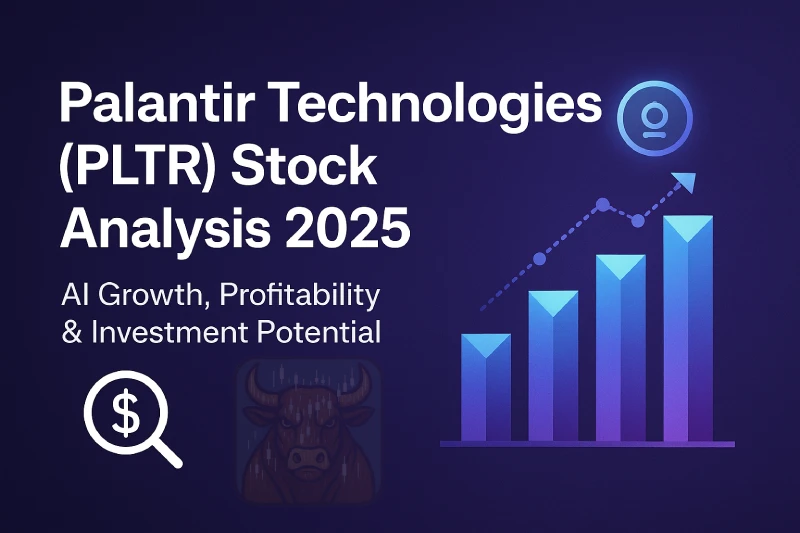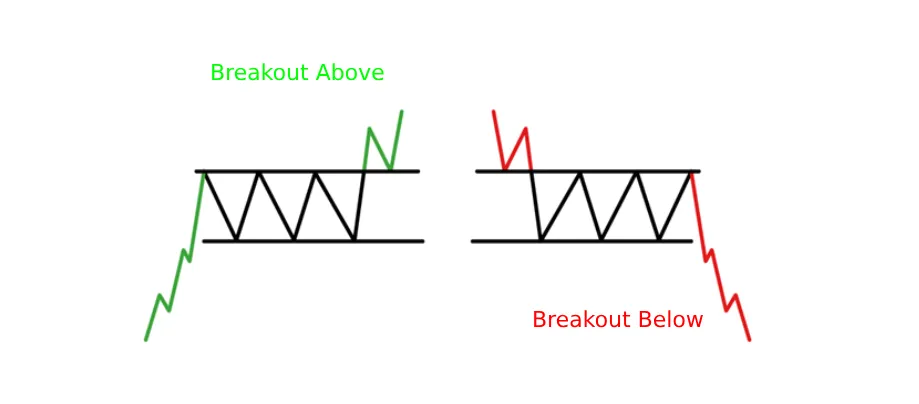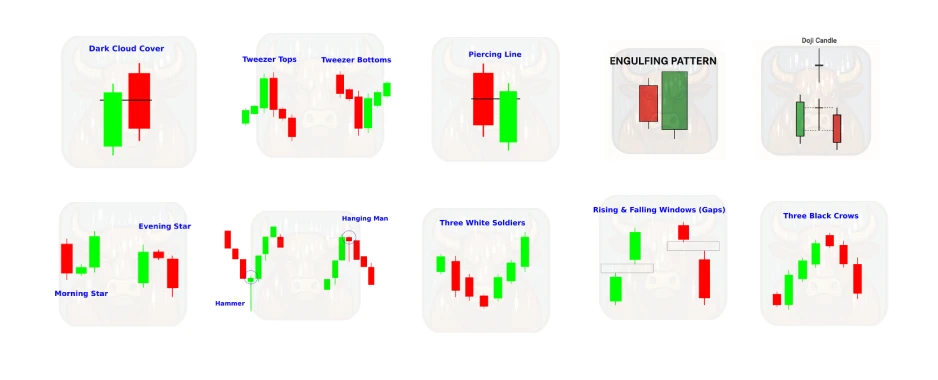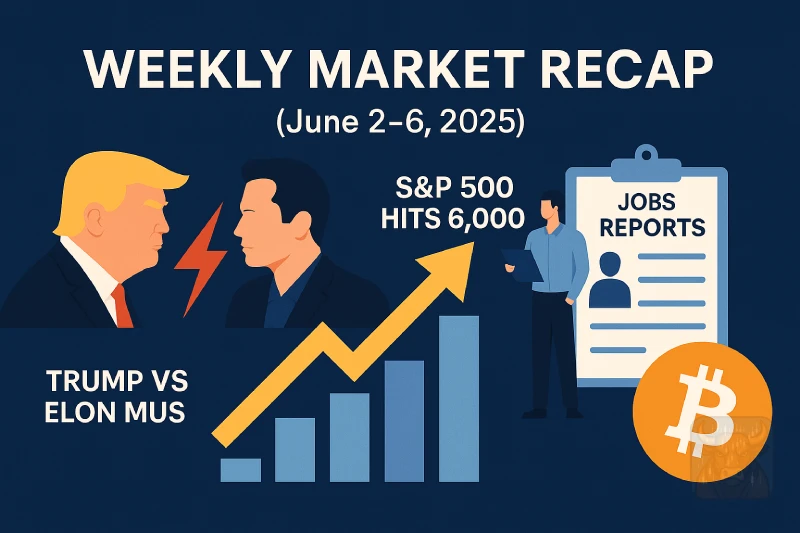🌐 What is Ethereum? 2025 Beginner’s Guide to ETH, Web3 & How to Invest Safely

Did you know Ethereum now powers over 4,000 decentralized apps handling $15+ trillion in annual transactions? That’s more than Visa’s entire network. I remember my first Ethereum transaction in 2021 – paying $50 in fees for a simple swap that would cost less than $0.10 today thanks to revolutionary upgrades.
In this comprehensive 2025 guide, you’ll discover:
✅ How Ethereum differs from Bitcoin (it’s not just “another crypto”)
✅ Why Fortune 500 companies are building on Ethereum
✅ The game-changing upgrades that solved its biggest problems
✅ How to use Ethereum safely (avoiding common newbie mistakes)
✅ Why experts call it “the foundation of Web3”
“I lost money in 2022 by not understanding gas fees. Here’s everything I wish I’d known before diving in.”
💡 What is Ethereum?
Ethereum is a decentralized global software platform powered by blockchain technology. Unlike Bitcoin (just a digital currency), Ethereum enables:
- Smart contracts (self-executing agreements)
- Decentralized applications (dApps)
- Token creation (ERC-20 standard)
📌 2025 Key Stats:
- Market cap: $266 billion (#2 after Bitcoin)
- Daily transactions: 5.3 million
- Active addresses: 250+ million
⚙️ How Ethereum Works (Explained for Beginners)
Ethereum is more than just a cryptocurrency, it’s a programmable global network that runs unstoppable applications. Let’s break down how it actually functions under the hood.
🔧 1️⃣ Ethereum Virtual Machine (EVM)
The EVM is the “world computer” at the heart of Ethereum. It’s a global, decentralized runtime environment that:
✅ Executes smart contracts (self-running code)
✅ Ensures every node (computer) reaches the same result
✅ Allows developers to write in languages like Solidity
Example: You play a blockchain game. The EVM ensures that when you upgrade your character, the change is reflected across the entire network, not just on one company’s server.
🔒 2️⃣ Proof-of-Stake (PoS) Consensus
Since 2022, Ethereum secures its network using Proof-of-Stake, where:
✅ Validators lock up (stake) ETH to propose and confirm blocks
✅ Random selection + economic penalties keep them honest
✅ Energy use dropped by 99.95% compared to old Proof-of-Work mining
Why it matters: Anyone can participate as a validator (with 32 ETH), making Ethereum more decentralized and eco-friendly.
🚀 3️⃣ Layer 2 Scaling Solutions
Ethereum’s main chain can get congested, so developers use Layer 2 (L2) solutions, extra networks built on top like:
✅ Arbitrum and Optimism (rollups) that process transactions off-chain and settle results on Ethereum
✅ Reduce gas fees by up to 90% and increase speeds from ~15 TPS to 100,000 TPS
Example: A \$10 swap on Ethereum Layer 1 might cost \$3 in fees, but on Arbitrum, it’s only a few cents.
📊 Transaction Lifecycle (Step by Step)
1️⃣ You sign a transaction in your wallet (like MetaMask)
2️⃣ It’s broadcast to the Ethereum network
3️⃣ Validators include it in the next block
4️⃣ The smart contract updates the state (who owns what)
5️⃣ The result is permanently stored on the blockchain
Real-life analogy: Sending ETH is like sending a registered letter — you prepare it, the network handles delivery, and it’s recorded in a public ledger forever.
🛡️ Security Layers
Ethereum’s security comes from:
✅ Decentralization: No single point of failure
✅ Cryptography: Private keys protect your assets
✅ Economic incentives: Validators risk losing staked ETH if they misbehave
💡 Quick Facts for 2025
- Average block time: 12 seconds
- Number of validators: 900,000+
- Active Layer 2 networks: 20+ major projects
🔍 Pro Tip: Check Before You Sign
Always use tools like Etherscan to verify addresses, transactions, and smart contracts before interacting. Mistakes (or scams) can cost you real ETH, permanently.
📈 Ethereum’s Evolution (2025 Update)
| Upgrade | Year | Impact |
|---|---|---|
| Merge | 2022 | PoS reduced energy use by 99.95% |
| Surge | 2023 | 100,000 TPS capacity (vs. 15 in 2021) |
| Scourge | 2024 | MEV protection implemented |
| Verge | 2025 | Stateless clients for better scaling |
💡 Pro Tip: The “Ethereum roadmap” (now 80% complete) makes ETH deflationary – 1.2% less supply annually since 2023.
🌍 Why Ethereum Matters
1. DeFi ($800B Ecosystem)
- Lending (Aave)
- Trading (Uniswap)
- Stablecoins (USDC)
2. NFTs & Digital Ownership
- Fine art authentication
- Gaming assets (EA Sports uses ETH)
- Royalty tracking
3. Enterprise Adoption
- JPMorgan’s Onyx processes $1B daily
- Microsoft Azure runs ETH validators
- 45+ governments use it for records
💰 How to Get Started with Ethereum
Step 1: Buy ETH
- Exchanges: Coinbase (easiest), Kraken (low fees)
- Self-Custody: Ledger Nano X (best for >$1,000)
Step 2: Use Ethereum
- Wallet: MetaMask (100M+ users)
- Gas Fees: Check Etherscan’s gas tracker
- dApps: Try Uniswap (swap tokens) or Aave (lending)
⚠️ 2025 Fee Alert: Average transaction = $0.08 (for now) vs. $50 peak in 2021
⚠️ 5 Common Newbie Mistakes
❌ Storing ETH on exchanges (Not your keys, not your crypto)
❌ Ignoring gas fees (Still spike during congestion)
❌ Falling for scams (Fake MetaMask sites drain wallets)
❌ Using unstable dApps (Always check audit reports)
❌ Tax oversights (ETH transactions are taxable events)
⛽ What Are Gas Fees on Ethereum?
If you’ve ever used Ethereum, you’ve probably heard people complain about gas fees — but what exactly are they?
Gas fees are small payments you make to compensate network validators (the people running Ethereum’s computers) for processing and confirming your transactions.
Think of it like paying a toll to get your transaction across the blockchain highway.
💡 Why Do Gas Fees Exist?
- Prevent spam on the network
- Reward validators for their work
- Prioritize urgent transactions
Without gas fees, people could flood the network with fake transactions, slowing everything down.
📊 How Are Gas Fees Calculated?
Ethereum gas fees depend on:
✅ Gas units used (how much computation your transaction needs)
✅ Base fee (set by the network, adjusts with demand)
✅ Priority tip (extra fee you can add to speed things up)
Example:
Sending ETH = ~21,000 gas units × base fee
Minting an NFT = much more gas!
💸 2025 Update on Gas Costs
Thanks to Layer 2 solutions and upgrades like the Merge and Surge, Ethereum’s average gas fees are now:
- ~\$0.08 for a simple transfer (down from \$50 in 2021)
- ~\$0.30–\$1.00 for complex dApp interactions
💡 Pro Tip: Always check gas prices on Etherscan before sending large transactions.
⚠️ Common Gas Fee Mistakes
❌ Ignoring gas spikes during high network demand
❌ Overpaying by setting too high a priority tip
❌ Forgetting to account for gas when moving tokens
🚀 How to Reduce Gas Fees
- Use Layer 2 networks (like Arbitrum, Optimism)
- Send transactions during off-peak hours
- Set custom gas limits in your wallet
🔮 Ethereum’s 2025/2026 Outlook
Bull Case ($15,000/ETH)
- Full scaling achieved
- Mass institutional staking
- CBDCs built on Ethereum
Bear Case ($1,500/ETH)
- Regulatory crackdowns
- Quantum computing threats
- Layer 2 fragmentation
📌 Analyst Consensus: New ATH for 2025
❓ Ethereum FAQs
No, just different:
Bitcoin = digital gold
Ethereum = smart contracts & dApps
Start small: 0.1–1 ETH. Use dollar-cost averaging (DCA). Only invest what you can afford to lose.
The network: highly secure.
Your wallet: can be hacked if you click scams. Use hardware wallets for safety.
Bank transfers on Kraken or Coinbase Pro (low fees). Avoid credit cards (high fees).
Fees to process transactions. They rise with network congestion. Check live rates on Etherscan before sending.
No, but it’s disrupting finance (DeFi, stablecoins, digital payments). Many banks now use Ethereum tech.
Yes! After switching to Proof-of-Stake, energy use dropped by 99.95%.
Analysts’ range: $1,500–$15,000. Consensus average: ~$6,800.
📌 Key Takeaways
✔ Ethereum is the leading smart contract platform
✔ Now eco-friendly (PoS) and scalable (Layer 2s)
✔ Powers DeFi, NFTs, and enterprise solutions
✔ Always use self-custody wallets for security
✔ 2025 upgrades make ETH deflationary
🙌 Final Thoughts
If you made it this far — congrats! You’re now way ahead of most crypto beginners. 🚀
Got questions? Drop them in the comments below — I read every one!
Enjoyed the guide? Bookmark this page so you can come back anytime.
And hey, if you found this helpful, share it with a friend who’s curious about Ethereum!
Welcome to the world of Web3 — the future’s just getting started. 🌐✨

